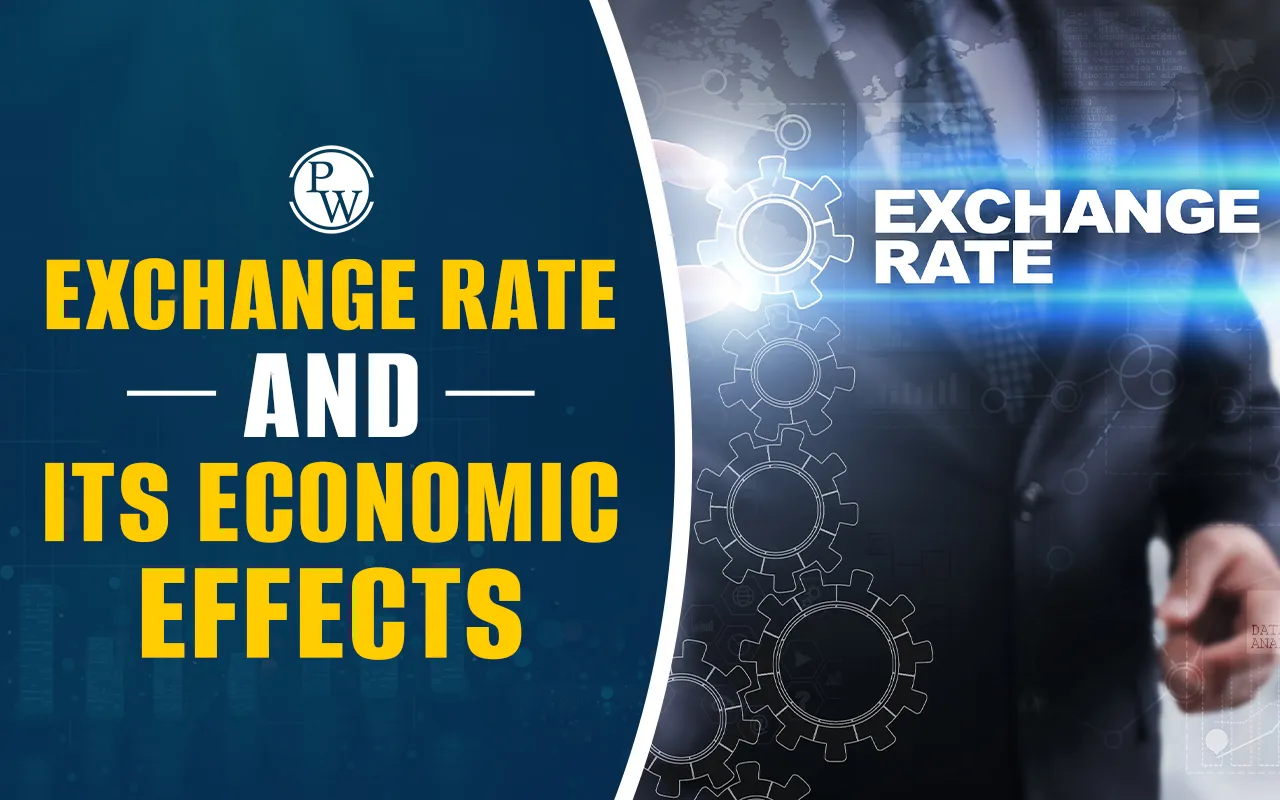
In the interconnected world of global finance, the Exchange Rate acts as a bridge between nations, linking their economies, policies, and aspirations. For CA students who aim to understand the pulse of international trade and investment, the Exchange Rate is more than a number, it’s a symbol of economic health, investor confidence, and market dynamics.
Whether it’s the rising cost of imports or the profitability of exports, shifts in the Exchange Rate impact every layer of an economy, from policymakers to consumers. Learn concept, causes, and consequences of Exchange Rate fluctuations, helping you decode the invisible threads that tie together the global economic web.
At its core, the Exchange Rate refers to the value of one country's currency compared to another. For instance, if 1 USD equals ₹83, that’s the current Exchange Rate between the Indian Rupee and the US Dollar. But it’s not just a number flashing on financial websites, it reflects market dynamics, political events, economic trends, and trade balances.
The Exchange Rate can either be floating (driven by market forces) or fixed (maintained by government intervention). Floating rates are influenced by demand and supply, interest rates, inflation, and economic indicators. Fixed rates, on the other hand, are pegged to another major currency and require constant monitoring by central banks.
For CA Exams, you must understand that these fluctuations have a domino effect. Whether you’re analyzing financial statements, advising clients, or projecting future costs, understanding the role of the Exchange Rate gives you a strategic edge.
Trade is directly linked to the Exchange Rate. When your currency weakens, imports become expensive, and exports become cheaper for foreign buyers. This can boost local production but increase the cost of imported goods. Conversely, a stronger domestic currency makes imports cheaper but hurts export competitiveness.
Imagine an Indian business importing machinery from Germany. If the Rupee depreciates against the Euro, the cost of machinery rises, affecting budgeting and profitability. Alternatively, if the Rupee strengthens, the same machinery becomes more affordable.
Also Check: Differential and Integral Calculus in Business and Economics
A lesser-known but impactful connection is between the Exchange Rate and inflation. When a currency depreciates, imported goods become costly. This includes essentials like fuel, technology, and raw materials, causing overall price levels to rise, leading to imported inflation.
In a globalized economy, very few nations are self-reliant. India, for example, imports crude oil, electronics, and capital goods. A weaker Rupee increases the cost of these imports, indirectly pushing up costs for businesses and consumers. And when inflation rises, central banks may respond with higher interest rates to stabilize the economy.
For CA students diving into financial analysis and taxation, knowing how the Exchange Rate shapes inflation gives context to monetary policy changes and cost management. It's also key in audit and valuation work, especially for companies with cross-border dealings.
Foreign investors are highly sensitive to Exchange Rate volatility. A stable currency attracts more Foreign Direct Investment (FDI) and Foreign Institutional Investment (FII). Why? Because it assures investors their capital won’t erode due to currency depreciation.
For example, if the Rupee is stable, it sends a positive signal to global markets. Investors see India as a lower-risk market, increasing capital inflow. But a volatile Exchange Rate may scare off potential investment, affecting stock markets and long-term development projects.
Chartered Accountants involved in investment planning, M&A transactions, or due diligence must track Exchange Rate trends. A sudden change can alter valuation models and impact cross-border funding. This is where financial foresight becomes your superpower.
Governments and central banks aren’t passive observers. In fact, they often intervene to stabilize the Exchange Rate and maintain economic balance. The Reserve Bank of India (RBI), for instance, may sell or buy foreign currency to smoothen volatility.
This process, known as foreign exchange market intervention, aims to maintain investor confidence and control inflation. It also ensures that Indian exporters and importers are not subjected to unpredictable losses.
For CA students, especially those aiming to specialize in financial strategy or international taxation, it’s crucial to track policy changes. Any change in monetary policy, foreign reserves, or fiscal announcements can alter the Exchange Rate trajectory, and subsequently impact business decisions.
No discussion about the Exchange Rate is complete without addressing volatility. Businesses dealing in multiple currencies face exchange risk, where profits can evaporate due to sudden shifts in currency value.
Let’s say a company agrees to receive payment in dollars three months from now. If the Exchange Rate changes drastically, the expected profit may reduce or turn into a loss. That’s why companies use hedging instruments, like forward contracts and options, to lock in rates and manage uncertainty.
As future CAs, understanding how to calculate and mitigate Exchange Rate risk is vital. Whether it’s recommending a derivative strategy or setting up a risk audit, your insights will help safeguard financial stability.
| Also Check: | |
| Theory of Consumer Behaviour | Issue, Forfeiture and Re-Issue of Shares |
| Price Output Determination Under Different Market Forms | Coding and Decoding |
| Retirement of a Partner | Social Accounting |
